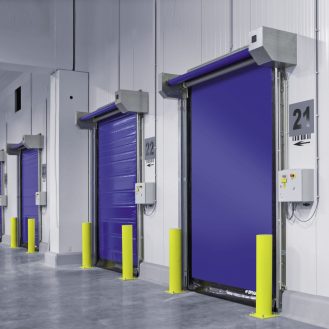Formwork is an important part of concrete construction. It is an often temporary structure that gives concrete a desired shape when poured. Formwork is made from a variety of materials, including wood, metal, steel, and plastic.
Any concrete construction process usually begins with the installation of a formwork. Composed of panels assembled in the desired shape, the formwork forms a solid, watertight structure capable of supporting the weight of fresh concrete. Once the formwork is in place, all that is left to do is pour the concrete into it using a concrete pump and leave it to harden. Once the construction is completely dry, the formwork can be removed.








